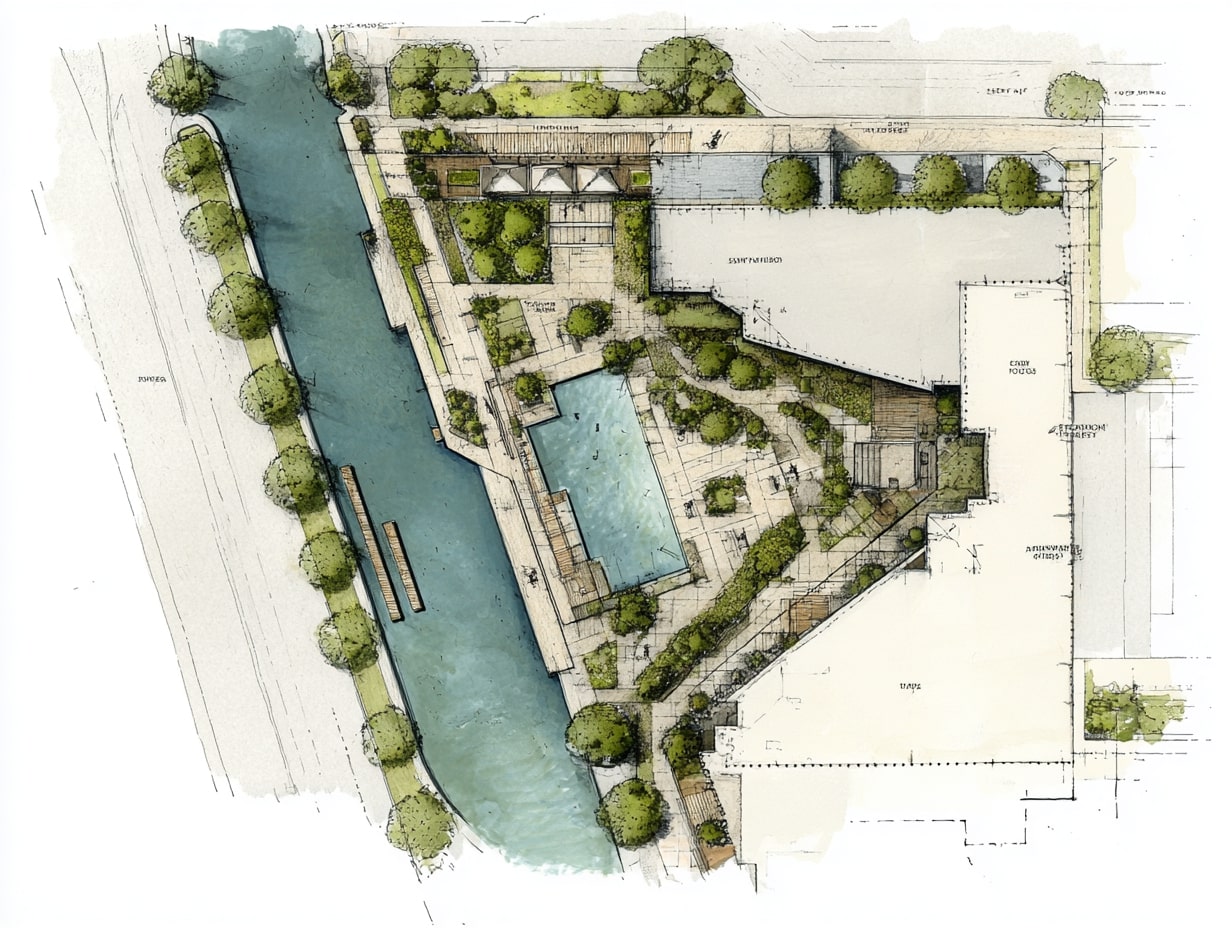- Home
- Articles
- Architectural Portfolio
- Architectral Presentation
- Inspirational Stories
- Architecture News
- Visualization
- BIM Industry
- Facade Design
- Parametric Design
- Career
- Landscape Architecture
- Construction
- Artificial Intelligence
- Sketching
- Design Softwares
- Diagrams
- Writing
- Architectural Tips
- Sustainability
- Courses
- Concept
- Technology
- History & Heritage
- Future of Architecture
- Guides & How-To
- Art & Culture
- Projects
- Interior Design
- Competitions
- Jobs
- Store
- Tools
- More
- Home
- Articles
- Architectural Portfolio
- Architectral Presentation
- Inspirational Stories
- Architecture News
- Visualization
- BIM Industry
- Facade Design
- Parametric Design
- Career
- Landscape Architecture
- Construction
- Artificial Intelligence
- Sketching
- Design Softwares
- Diagrams
- Writing
- Architectural Tips
- Sustainability
- Courses
- Concept
- Technology
- History & Heritage
- Future of Architecture
- Guides & How-To
- Art & Culture
- Projects
- Interior Design
- Competitions
- Jobs
- Store
- Tools
- More
Architects Are The Best Problem Solvers —We Think Different!
Architects do more than design building, they solve several problems in the most proffesional way. Every day, they face challenges that demand creative thinking, technical precision, and a deep understanding of how people interact with spaces.

Architects do more than design building, they solve several problems in the most proffesional way. Every day, they face challenges that demand creative thinking, technical precision, and a deep understanding of how people interact with spaces. Their work is a balancing act between imagination and reality, design intent and functionality, budget constraints and ambitious goals. These diffucult combinations make architects uniquely suited to tackle complex, layered problems across many fields, it is not just construction!

Solving The Problems of Design Process
From the initial concept to construction of a building, the architectural design process is filled with challenges. Architects needs to handle with technical coordination to site constraints and user requirements. They navigate these complexities by solving problems at every stage, turning obstacles into opportunities for a thoughtful, functional and aesthetic design at the same time. Throughout the process, architects try not only to use suitable construction materials, but also to be economical in their use of materials and to find environmentally friendly and energy efficient solutions. Moreover, these solutions should be adapted to the design while having the best impact on both clients and the sustainable environment.

Strengthening the Problem-Solving Muscle Through Design
Architects develop problem-solving skills in much the same way an athlete builds muscle! It takes time but with thorough consistent practice, repetition, and facing increasingly complex challenges. From the earliest stages of their education, architects are trained to think critically and creatively under pressure. They learn to dissect ambiguous problems, weigh multiple variables at once, and synthesize diverse forms of information about technical, environmental, social, and aesthetic into cohesive solutions. Over time, this way of thinking becomes second nature, almost like a mental reflex.
As architects, whether we are designing a sustainable school, resolving construction-site conflicts, or addressing post-occupancy issues, we continuously adapt our approach to each unique context. While doing this, we are strengthen a kind of cognitive muscle in our brains: one that combines empathy, logic, and vision. These skills don’t only serve us in professional settings; we often extend into our daily lives. This “muscle” allowing architects to see functionality and beauty of everything, anticipate challenges, and find resourceful solutions in everyday situations. Architects’ ability to remain calm in uncertainty and think in layers makes them not only effective designers, but resilient problem solvers throughout life.

Trained To Be Quick
In architecture, time is often one of the most limited and valuable thing. Architects must learn to make decisions in the fastest way, especially when faced with tight deadlines, unexpected site issues, or last-minute client changes. From the student times, architects are trained to work under pressure about time in design studios. There are time-limited critiques and real-time problem-solving exercises. This sharpens their ability to analyze problems quickly, prioritize solutions, and make informed choices without getting stuck in overthinking.
Architects become skilled at identifying which problems need immediate attention, which ones can be postponed, and which can be solved through smart delegation or collaboration. This time-conscious approach not only keeps projects on schedule and within budget but also ensures that solutions are practical, well-coordinated, and responsive to changing circumstances.
- alternative architecture thinking
- architects with a fresh perspective
- architectural design problem solvers
- architectural problem solvers
- architecture and problem solving
- architecture consulting services
- architecture innovation strategies
- architecture solutions experts
- best architecture solutions
- creative architectural design
- creative problem solving in architecture
- innovative architectural thinking
- innovative architecture solutions
- modern architectural solutions
- outside the box architecture
- problem-solving architects
- strategic architecture planning
- thinking different in architecture
- unique architectural designs
- unique problem-solving architects
Submit your architectural projects
Follow these steps for submission your project. Submission FormLatest Posts
General Arrangement Drawings in Architecture: The Backbone of Clear Design Communication
General Arrangement Drawings explained: what they are, when to use them, how...
The Ultimate Guide to Fencing in North Dakota: Choosing the Best Fence for Your Property
Watching a chain link fence twist in 70 mph winds near Minot...
Gaudí: Where Architecture Meets Science
Gaudí: Where Architecture Meets Science shows catenary arches, ruled surfaces, and biomimicry...
How Housing Market Forces Shape Architectural Design Today
Architecture never exists in isolation. Buildings rise from a mix of ambition,...












Leave a comment